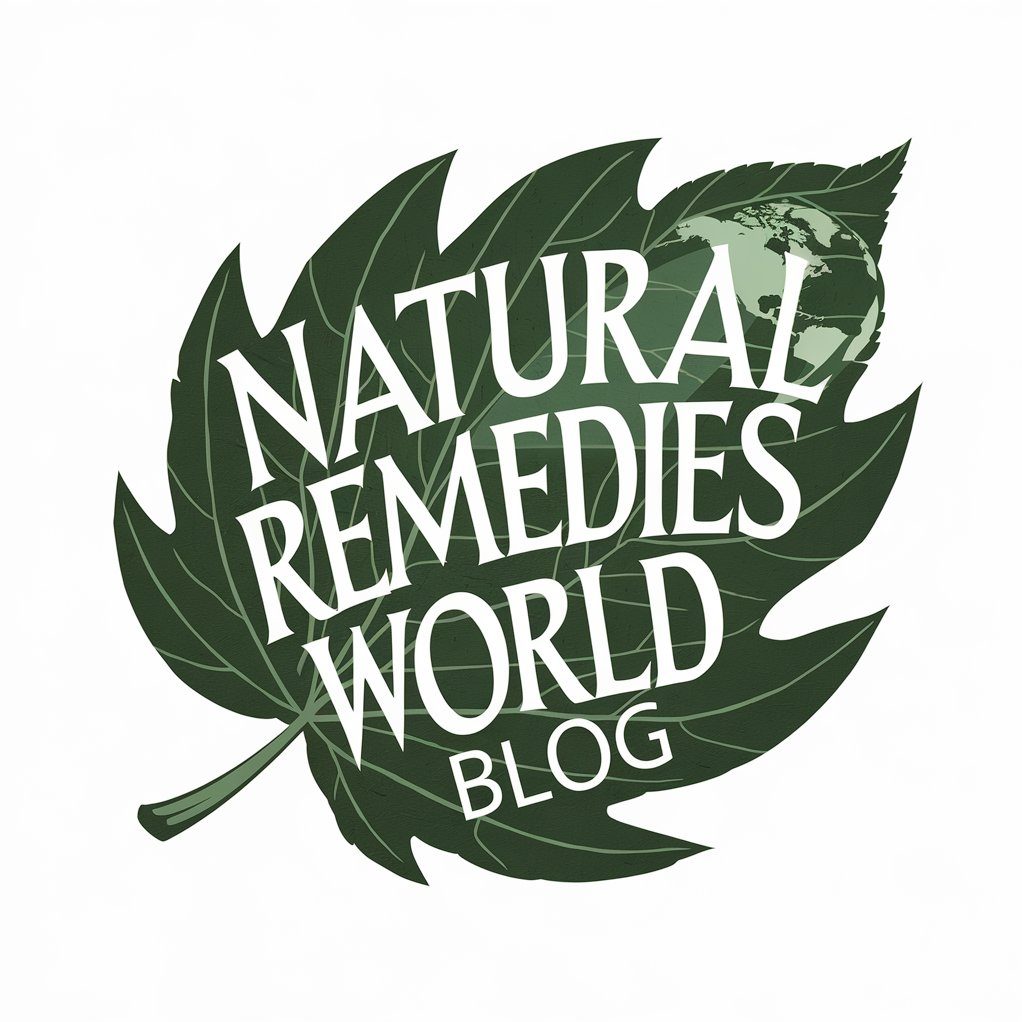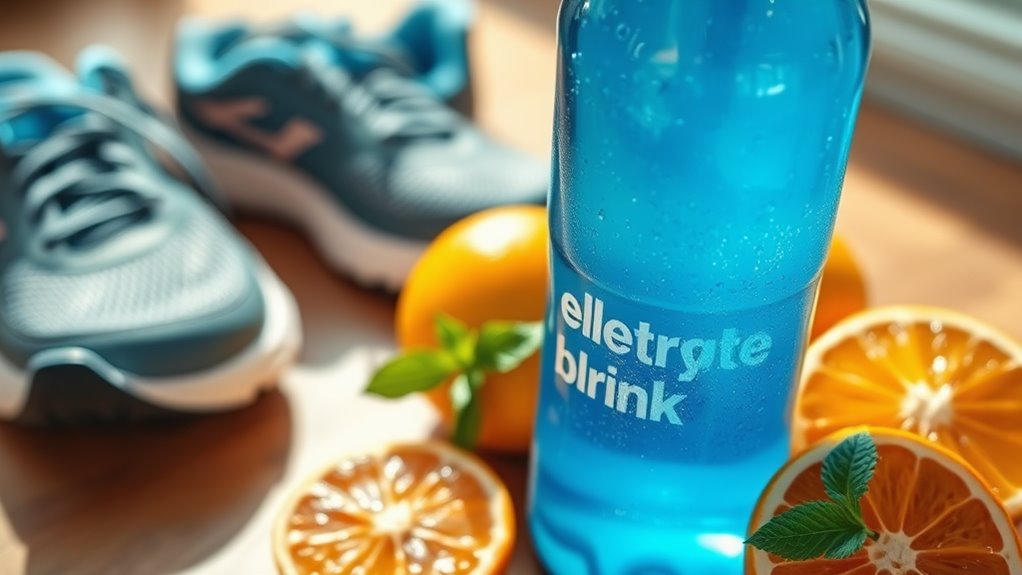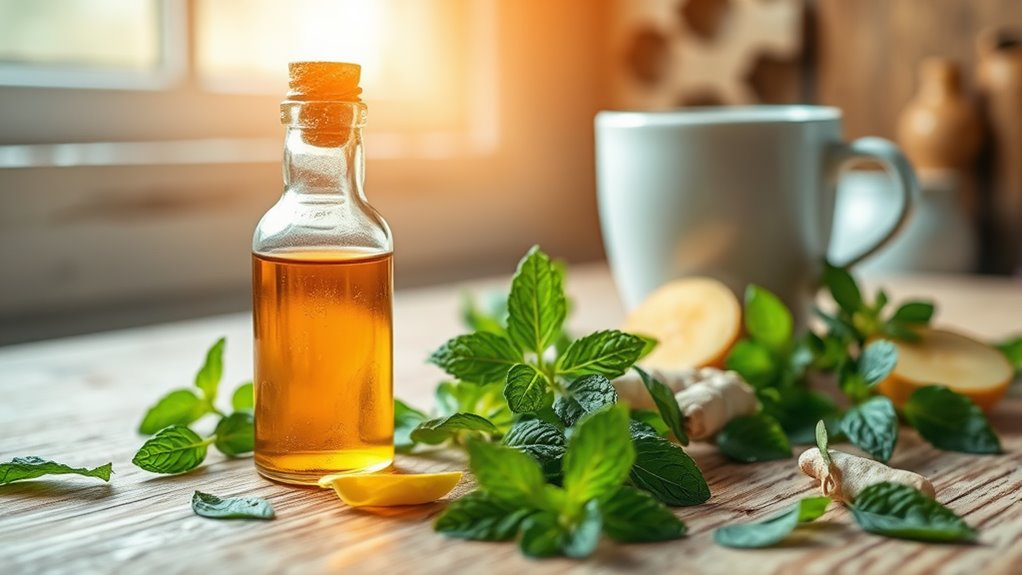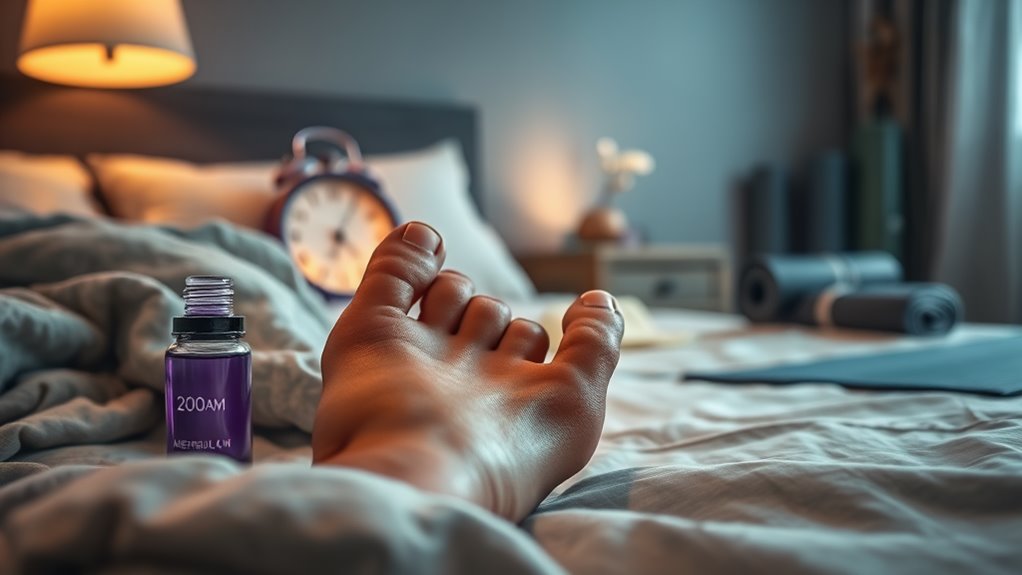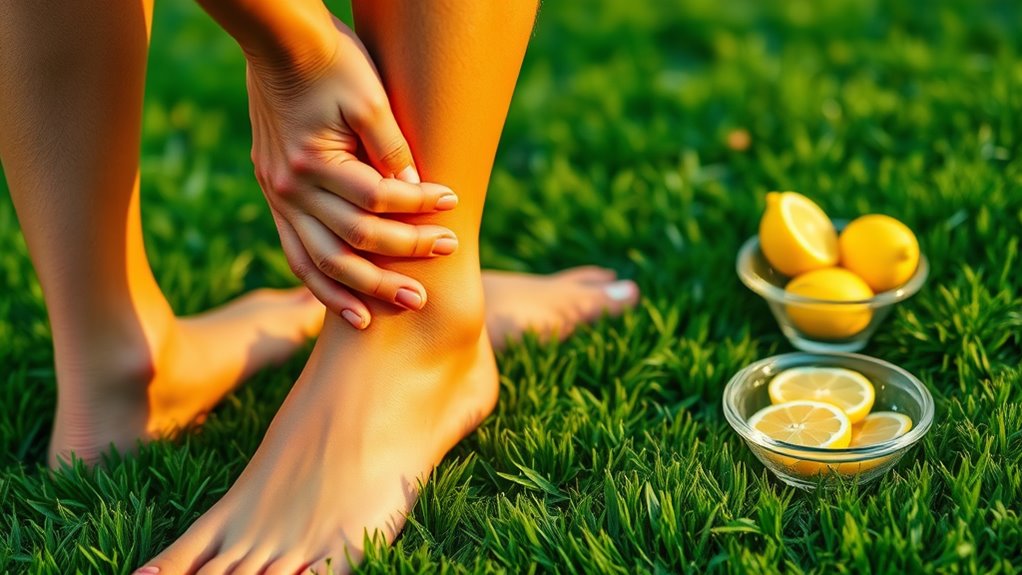The Secret to Stopping Muscle Cramps in Their Tracks!
To stop muscle cramps fast, focus on staying hydrated and replenishing essential minerals like magnesium, potassium, and calcium. When cramps hit, use stretching techniques—like pressing your heel into the ground or pulling your toes back—to provide immediate relief. Remember, dehydration and electrolyte imbalances can increase your cramp risk, so drink plenty of water, especially during workouts. By implementing these tips, you can keep cramps at bay and improve your muscle health further. There’s more to discover about prevention strategies!
Understanding Muscle Cramps: Causes and Mechanisms
Muscle cramps can strike unexpectedly, leaving you in discomfort and confusion about their origins.
These involuntary contractions often occur during or after intense physical activity, but they can also arise from prolonged sitting or dehydration. Your muscles may cramp due to an imbalance of electrolytes like potassium, calcium, and sodium, which play crucial roles in muscle function.
Additionally, overexertion or fatigue can lead to cramping as your muscles tire and struggle to relax. Sometimes, underlying medical conditions, such as nerve compression or circulatory issues, can contribute to these painful episodes.
Understanding these causes helps you identify triggers and take preventive measures, ultimately reducing the chances of being caught off guard by muscle cramps in the future.
The Role of Hydration in Preventing Cramps
When you stay properly hydrated, you significantly reduce your risk of experiencing muscle cramps. Water helps maintain your body’s electrolyte balance, which is crucial for muscle function.
Dehydration can lead to an imbalance in electrolytes like sodium, potassium, and magnesium, making your muscles more susceptible to cramping.
Make it a habit to drink water throughout the day, especially before, during, and after exercise. If you’re sweating heavily, consider electrolyte-rich drinks to replenish lost minerals.
Remember, even mild dehydration can trigger cramps, so listen to your body and hydrate accordingly. By prioritizing hydration, you’ll not only enhance your performance but also minimize the chances of those painful muscle cramps slowing you down.
Stay ahead by keeping that water bottle close!
Effective Stretching Techniques for Immediate Relief
To quickly alleviate a cramp, stretching can be your best ally. When a muscle seizes up, gently elongating it can release the tension.
For a calf cramp, try standing with your hands against a wall, step back with one foot, and press your heel into the ground. Hold for 15-30 seconds.
If your thigh’s cramping, sit down, extend your leg, and pull your toes toward you. This can help ease the tightness.
For foot cramps, sit down, cross your affected leg over the opposite knee, and gently pull your toes back.
Remember to breathe deeply during each stretch to enhance relaxation. If the cramp persists, repeat these stretches until you feel relief.
Essential Minerals: Key Nutrients for Muscle Health
Proper nutrition plays a crucial role in maintaining muscle health, and essential minerals are at the forefront of this support. Key minerals like magnesium, potassium, and calcium help regulate muscle contractions and prevent cramps. When you’re low on these nutrients, you’re more likely to experience discomfort.
Here’s a quick overview of these essential minerals:
| Mineral | Benefits | Sources |
|---|---|---|
| Magnesium | Relaxation of muscles | Nuts, seeds, leafy greens |
| Potassium | Maintains fluid balance | Bananas, oranges, potatoes |
| Calcium | Supports muscle contractions | Dairy, fortified plant milk |
Incorporating these minerals into your diet can promote muscle health and reduce the risk of cramps. So, pay attention to your intake!
Long-term Preventive Measures for Cramps
While muscle cramps can strike unexpectedly, implementing long-term preventive measures can significantly reduce their occurrence.
Start by staying hydrated; drink plenty of water throughout the day and consider electrolyte-rich beverages, especially if you’re active.
Focus on a balanced diet that includes essential minerals like potassium, magnesium, and calcium.
Regular stretching and strengthening exercises for your muscles can also help.
Don’t forget to warm up before workouts and cool down afterward to keep your muscles flexible.
Pay attention to your body’s signals; if you feel tightness or fatigue, take breaks as needed.
Lastly, maintain a consistent exercise routine to improve overall muscle function, reducing the likelihood of cramps.
Frequently Asked Questions
Can Stress Contribute to Muscle Cramps?
Yes, stress can definitely contribute to muscle cramps. When you’re stressed, your body tenses up, leading to tight muscles. Staying relaxed and managing stress can help reduce the frequency and intensity of those annoying cramps.
Are Certain Medications Linked to Increased Cramping?
Certain medications, like diuretics and statins, can increase your risk of muscle cramps. If you’re experiencing cramps regularly, it’s worth discussing your prescriptions with a healthcare provider to explore potential alternatives or solutions.
Does Age Affect the Likelihood of Muscle Cramps?
Yes, age definitely affects the likelihood of muscle cramps. As you get older, your muscles may lose elasticity and hydration, making cramps more common. Staying active and hydrated can help reduce this risk significantly.
Can Muscle Cramps Indicate a Serious Health Issue?
Muscle cramps can sometimes indicate a serious health issue, especially if they’re frequent or severe. It’s important you listen to your body and consult a healthcare professional to rule out any underlying conditions.
What Is the Best Position to Relieve Cramps Quickly?
To relieve cramps quickly, try stretching the affected muscle gently. For leg cramps, sit and extend the leg, pulling your toes towards you. Staying hydrated and massaging the area can also help ease discomfort.
